A much needed shift is taking place in health care. Our health care delivery system is moving from an unsustainable fee-for-service model to a value- and outcome-based system of care. In the near future doctors will no longer be reimbursed for failed procedures and poor patient outcomes, but rather, they will be rewarded for getting the patient better.
It has been estimated that over 80% of health care spending is directly related to the treatment of conditions rooted in poor lifestyle choices. Chronic diseases and conditions such as hypertension, heart disease, stroke, type 2 diabetes, obesity, osteoporosis, and many types of cancer are among the most common, costly and preventable of all health conditions.
The movement towards personalized lifestyle medicine involves achieving a balance between movement, sleep, stress management, personalized exercise and other non-drug modalities to prevent, treat, and more importantly, reverse lifestyle-related chronic diseases. Let’s take a look at these simple prescriptions:
Movement: Sit Less, Stand and Walk
Current research suggests the average American is sitting up to 13 hours per day – up to 70% of the average adult’s lifespan. Prolonged sitting has many of the same negative health effects as smoking, including increased mortality. Exercise is not enough to counteract excessive sitting. The remedy is to sit less and stand more: six hours a day of watching TV shortens your lifespan by 4.8 hours. Every hour of TV viewing after the age of 25 takes 22 minutes off a person’s life expectancy. The effect of TV viewing is comparable to that of obesity and lack of exercise. Movement, walking in particular, is a simple way to start exercising. Using a pedometer/step counter is one of the easiest ways to gauge your activity level defined by experts as such:
- Inactivity is defined as less than 5000 steps/day.
- Low activity is 5000-8000 steps/day.
- Active is 8000-12500 steps/day.
- Athlete is 12500-18000 steps/day.
- Elite is over 18000 steps/day.
Sleep
The Centers for Disease Control (CDC) has declared sleep insufficiency to be a public health problem that increases risk of cardio-metabolic issues, cancer, depression and mortality. If you have a sleep problem it is important to determine whether it is related to a sleep quantity problem, a sleep maintenance problem, or a breathing problem. To improve sleep hygiene:
- Avoid ‘blue light’, that which is emitted from computers, TV’s, I-pads, digital clocks and radios, one hour prior to bedtime.
- Use sleep enhancing behaviors such as low light reading.
- Avoid stress within one hour of bed time.
- Choose a reasonable and regular bedtime.
- Exercise earlier in the day and get at least 20 minutes of direct sunlight exposure as this stimulates the release of melatonin from the pineal gland.
Stress Management and Mindfulness
The negative effects of stress have been increasingly linked to the state of ‘burnout.’ Burnout is due largely to workplace concerns like long hours, workload, fairness of compensation, working conditions and social support. Symptoms of burnout include pervasive fatigue; a negative outlook; cynicism about work and the results of the work; irritability with colleagues, clients and family; loss of empathy; withdrawal; absenteeism; physical symptoms including insomnia, GI distress, back pain, headaches; and the whole gamut of stress-related disorders including substance abuse, loss of meaning, loss of self-worth, anxiety, depression and diminished performance.
Mindfulness-based stress reduction brings together mindfulness-meditation and yoga. Mindfulness exercises include mindful breathing, concentration, releasing tension, and walking meditation. See www.mindful.org for more information.
Personalized Exercise Programs
The CDC reports that Americans are not meeting the recommendations for aerobic or muscle-strengthening activity. Fortunately, even small changes in fitness have a major impact. Exercise prescriptions that include frequency, intensity, timing/duration and type are known as FITT. The key elements of FITT tailored to meet individual needs and lifestyles are cardio/aerobic training, strength/resistance training, flexibility/stretching, and balance training. Current research reports that some of the best exercise plans include two types of interval training: high-intensity interval training (HIIT) and supra-maximal interval training or sprint interval training (SIT). Interval training such as SIT and HIIT are characterized by periods of hard physical activity followed by brief periods of rest or recovery; for instance, a 1 minute sprint followed by a 1 minute recovery; 2 minute sprint/2 minute recovery, etc.
Other strategies utilized in personalized lifestyle medicine include a whole food, largely plant-based diet, clean water, and nutrigenomic and detoxification genomic testing to assess your particular metabolic weaknesses and needs.
Dr. John Dixon can be reached at the Natural Medicine Group (760) 345.7300.
Resources: 1) Institute for Functional Medicine annual conference, 2016; 2) www.mindful.org/five-steps-to-mindfulness/ 3) www.mindfullivingprograms.com/whatMBSR.php









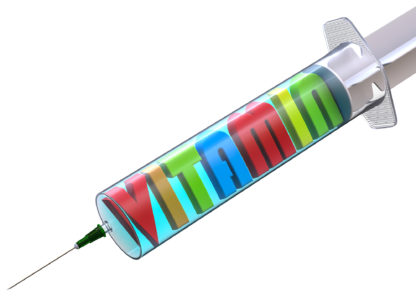



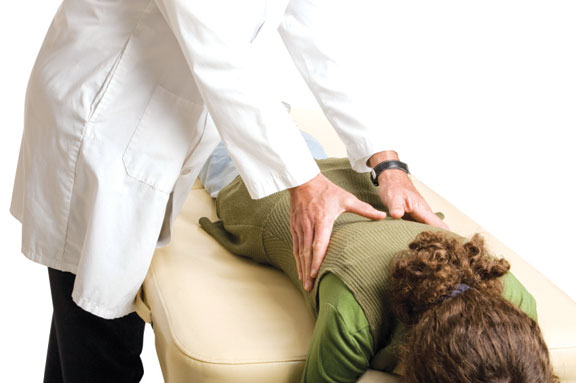












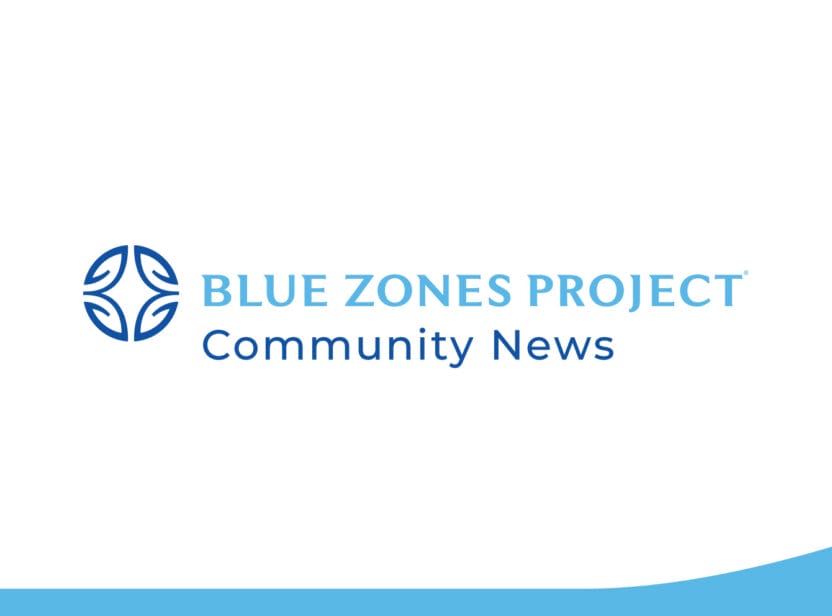











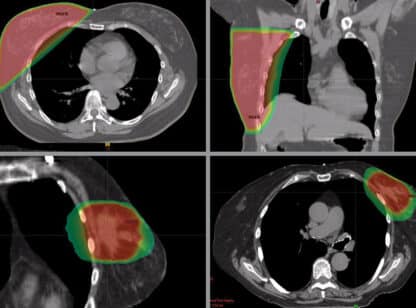








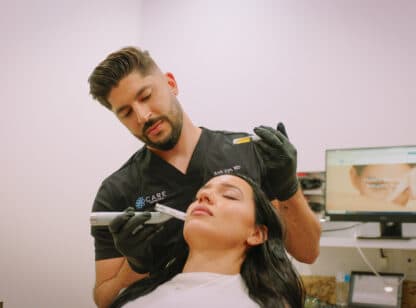
Comments (0)